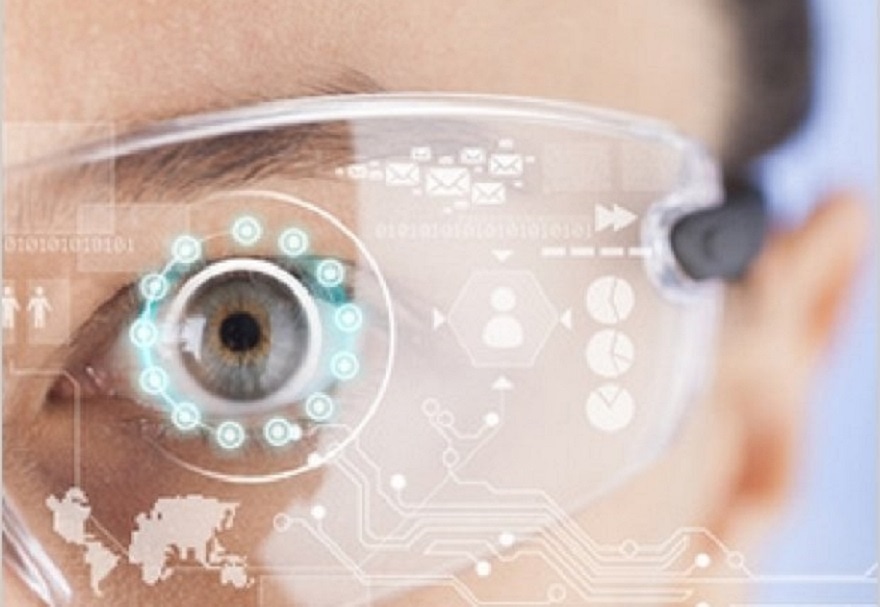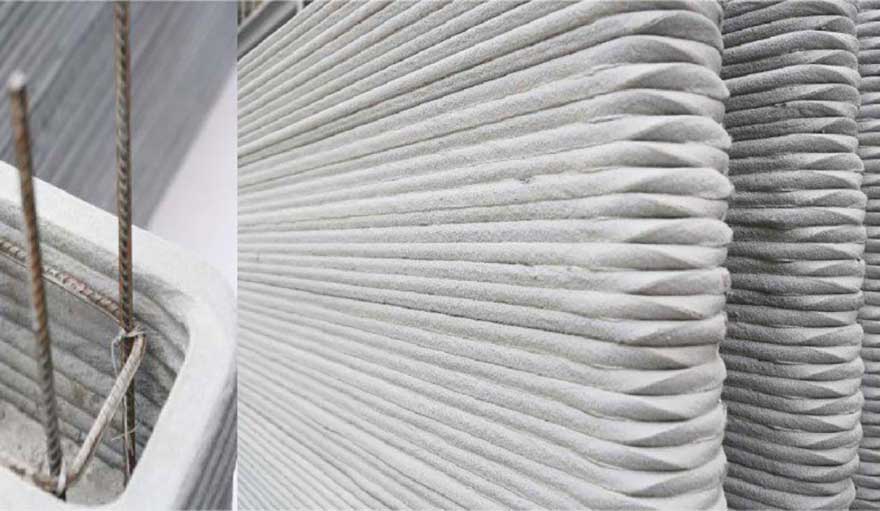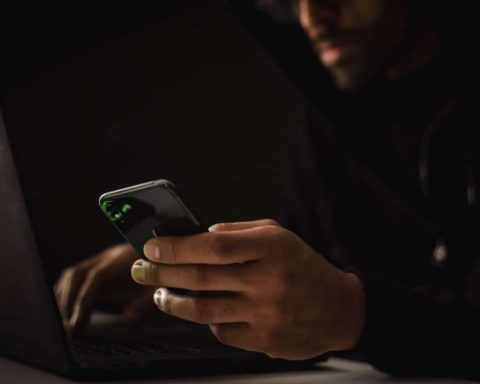"Vanity of vanities, all is vanity. » says the Cleric. These words spoken thousands of years ago may or may not describe the devices connected at this time. Are connected brushes and the like really valuable? And how can we safely use these objects connected to everything and everyone?
Ahe analysts have decided and thus classify the connected objects into two essential groups: value or vanity. Does the device really bring value to the user or does it only serve to make it more beautiful or more interesting? So the list looks like this:
- Value-oriented connected objects: cameras, thermostats, sports equipment, ...
- Connected objects focused on vanity: smart socks, connected pacifiers, smart rings, ...
Yes, it is a subjective list, but you have to start somewhere. After all, when you try out a Lamborghini, you're asked how you feel behind the wheel, not how many seconds you saved on your morning drive.
But who are the buyers of connected devices, whether they are trendy or have been on the market for a few years? How do people decide what does or doesn't end up in their shopping cart? As with all purchases, many factors come into play, but if we simplify things, there are still two main groups of users:
- The early adopters. who have high expectations from the moment they buy a new gadget. Once the purchase is made, they use their device very frequently but it doesn't last long. Then, as soon as a new device appears on the market and attracts the user's attention, the old gadget ends up in the drawer. And finds the checkered socks. I'm sure neurologists will say that this kind of obsession with an object has the same effect on the brain as a love affair.
- Other users ...who act less on impulse. They pay attention to the price/performance ratio and often ask questions about safety. When they buy a connected object, they think about the value, in the long term, and expect a specific return on investment, whether in terms of financial savings or comfort. While a early adopter buys something because it feels good and he feels like he really needs it (even if he doesn't know exactly why), the normal user doesn't buy on impulse. At least not the connected devices. He evaluates, reads product tests and reviews, perhaps even asks his relatives for advice on whether the purchase is worthwhile.

Figures Cisco study
So... what connected devices are worth buying? It's a legitimate question, but a difficult one to answer. You may have heard the saying: "Beauty is in the eye of the beholder.". The same goes for value.
As an example, here are some objects connected completely ... useless!
- The RollScout This connected roll holder will alert you via SMS as soon as the level of available toilet paper becomes critical. And if by misfortune you don't see the SMS, an indicator light is provided to remind you that you only have a few sheets of paper left.
- The Goodbye, the connected bra created by the Japanese company of the same name. Thanks to a sensor analysing the heartbeat, this bra is able to determine whether the wearer is really in love, and thus to allow the bra to be opened or not.
- Connected layers Tweet Pee (Huggies) This sensor is placed on your toddler's diaper and warns you by text message when it's time to change the diaper .
- The Smarter Socks With these connected socks, you will be able to store your pairs of socks without making a mistake thanks to an NFC chip containing information on each of your socks.
- The Smokio This cigarette is not only electronic, but also connected. Thanks to it, you will be able to precisely evaluate your nicotine consumption, know your progress and know how many traditional cigarettes your consumption corresponds to. (Source : www.raccroche.com).
And here are five main categories of connected objects that you might find interesting or useful. You may already own one in the list below, or you may not have known that they exist in a connected version!
- Connected cameras
They allow you to keep an eye on your baby when you are in the next room or to keep an eye on your home when you are on holiday. Examples of products: D-Link, Nestcam, ...
- Thermostats
These thermostats are electronic, programmable, connected to your WiFi network and learn from your habits. They allow you to optimize the heating and cooling of your home or business and save energy. Let's be honest, who doesn't want one? Examples of products: Nest, Ecobee, Netatmo, ...
- The assistantspersonal
They're all the rage! They can answer your voice, read music, make lists, set alarm clocks, broadcast podcasts, read audiobooks and give you real-time information on weather, traffic and news. They can even do your shopping for you, even if you didn't want anything in the first place. Product examples: Amazon Echo and Alexa, Google Home, ...
- Sockets and switches
Turn on or off lights and electricity in your home from anywhere, whether it's the other end of the house, the garden or the end of the world. Examples of products: WeMo, Philips Hue, ...
- Sports equipment
How much did you walk or run? How many calories did you burn? What about your heart rate? A fitness machine has the answer to all these questions, maybe even more. Examples of products: Fitbit, Withings, Garmin, ...
All of the devices listed above are considered useful by "normal" users, but they carry their own set of risks, such as when Alexa went on a shopping spree. or when the connected cameras have been used to carry out massive DDoS attacks..
Perhaps the overriding question is: Does value outweigh the risks and do you know how to protect yourself? It's up to you to decide. Companies exist to help us protect ourselves in this connected world, enabling everyone to manage, secure and enhance their digital lives. Like the company Avira which brings together under its umbrella a range of security and performance applications for Windows, Android, Mac, and iOS.
The use of connected objects reveals a number of risks, particularly in terms of privacy protection and liability for users and manufacturers. But not only that.
CIGREF and the Economic Security Department of the INHESJ published a report in December 2014. "The security of connected objects"s Internet of Things project, focusing on four points of view, which are respectively of a legal, technical, operational and commercial nature, in order to approach the "Internet of Things", still a floating area in the security field, in a fully informed manner.












